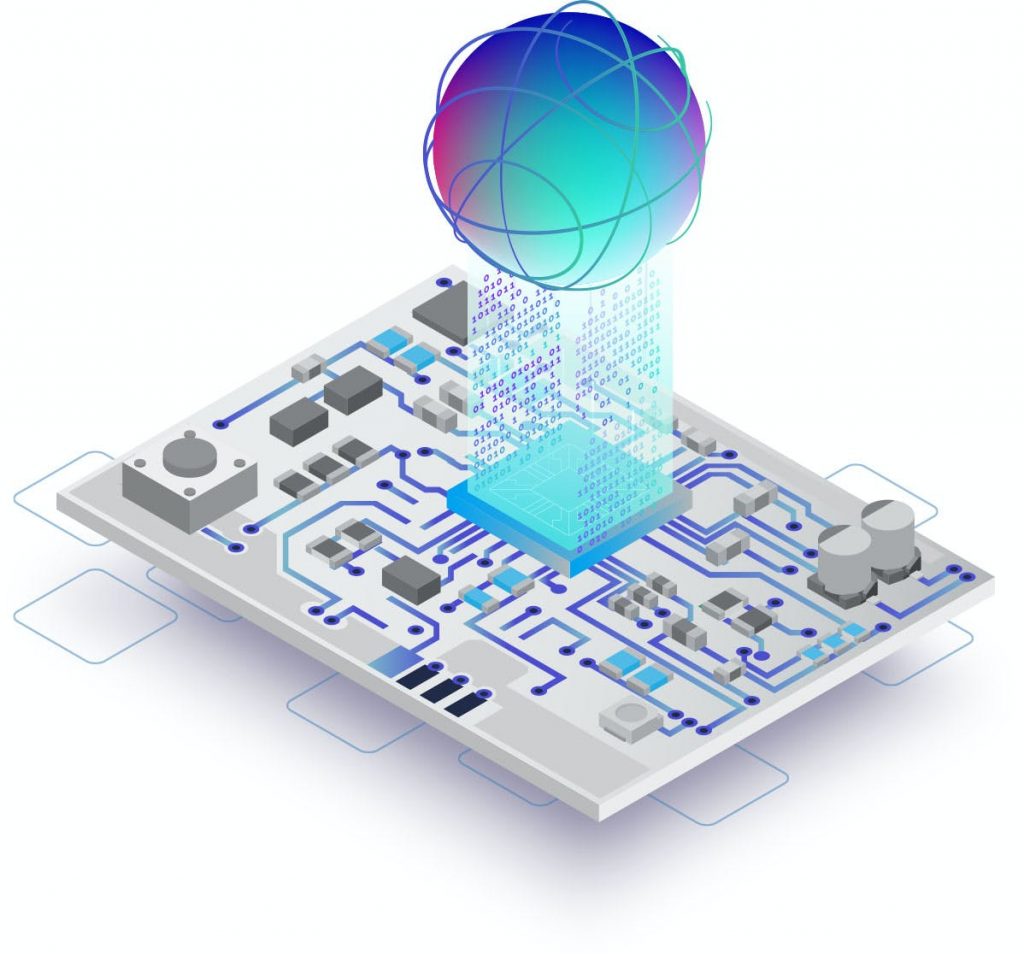An example of real time operating system – An example of real-time operating system (RTOS) is a specialized software designed to manage and control embedded systems and devices that require precise and timely responses to external events. Unlike general-purpose operating systems, RTOS prioritizes determinism, ensuring that critical tasks are executed within strict time constraints.
RTOSs play a vital role in industries such as industrial automation, medical devices, and telecommunications, where even the slightest delay can have severe consequences.
1. Introduction

A real-time operating system (RTOS) is a specialized operating system designed to meet the strict time constraints of real-time applications. Real-time systems are those that must respond to events within a deterministic time frame, meaning that the system must be able to guarantee that the response will occur within a specified amount of time.
RTOSs are characterized by their ability to provide deterministic performance, meaning that they can guarantee that a task will be completed within a specified amount of time. This is achieved by using a scheduling algorithm that assigns priorities to tasks and ensures that high-priority tasks are executed before low-priority tasks.
RTOSs also typically provide features such as preemptive multitasking, which allows the operating system to interrupt a lower-priority task in order to execute a higher-priority task. This ensures that the most important tasks are always executed first.
2. Types of RTOS: An Example Of Real Time Operating System
There are several different types of RTOSs, each with its own advantages and disadvantages. The most common types of RTOSs include:
Single-tasking vs. Multi-tasking
- Single-tasking RTOSs allow only one task to run at a time.
- Multi-tasking RTOSs allow multiple tasks to run concurrently.
Preemptive vs. Non-preemptive
- Preemptive RTOSs allow the operating system to interrupt a lower-priority task in order to execute a higher-priority task.
- Non-preemptive RTOSs do not allow the operating system to interrupt a task that is currently running.
Hard real-time vs. Soft real-time
- Hard real-time RTOSs guarantee that all tasks will be completed within their specified deadlines.
- Soft real-time RTOSs do not guarantee that all tasks will be completed within their specified deadlines, but they do provide mechanisms for prioritizing tasks and ensuring that the most important tasks are completed first.
3. Applications of RTOS
RTOSs are used in a wide variety of industries and applications, including:
Embedded systems
- RTOSs are used in embedded systems to control the behavior of the system and to ensure that all tasks are completed within their specified deadlines.
- Examples of embedded systems that use RTOSs include medical devices, industrial automation systems, and automotive systems.
Industrial automation, An example of real time operating system
- RTOSs are used in industrial automation systems to control the operation of machinery and to ensure that all tasks are completed within their specified deadlines.
- Examples of industrial automation systems that use RTOSs include robots, conveyor belts, and packaging machines.
Medical devices
- RTOSs are used in medical devices to control the operation of the device and to ensure that all tasks are completed within their specified deadlines.
- Examples of medical devices that use RTOSs include pacemakers, defibrillators, and insulin pumps.
Epilogue
In summary, RTOSs are essential components in embedded systems that demand precise and timely execution of tasks. Their ability to guarantee deterministic behavior and efficient resource management makes them indispensable for applications where even a millisecond of delay can be critical.
Question Bank
What is the primary purpose of an RTOS?
An RTOS is designed to manage and control embedded systems, ensuring that critical tasks are executed within strict time constraints.
How does an RTOS differ from a general-purpose operating system?
Unlike general-purpose operating systems, RTOSs prioritize determinism, guaranteeing that critical tasks are executed within specified time constraints.
What are some common applications of RTOSs?
RTOSs are commonly used in embedded systems such as industrial automation, medical devices, and telecommunications.